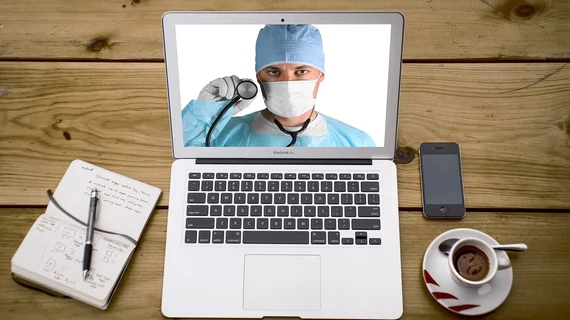Growing pains weaken telehealth’s own health status
Telehealth is growing big and strong while feeling the pains of its own success, according to a new JD Power satisfaction survey.
Querying around 4,700 healthcare consumers, the consumer-intel company found 36% of patients accessed telehealth services during the 12 months leading up to this past July.
While surely reflective of demand rocketed skyward by the COVID-19 pandemic, that figure made a laugher of utilization ratios in the two previous years—9% in 2020 and 7% in 2019.
The top reasons respondents named for choosing virtual visits were convenience (57%), ability to receive care quickly (47%) and safety (36%).
However, overall satisfaction with all telehealth services—meaning both direct-to-consumer and payer-sponsored—fell from the previous year.
Respondents indicated the most glaring points of discontent were limited services (24%), lack of awareness of costs (15%), confusing technology requirements (15%) and lack of information about providers (15%).
Meanwhile, among the sickest patients who completed the survey, overall satisfaction scores lost 85 points compared with scores from generally healthy patients.
JD Power also looked at telehealth brands. Among direct-to-consumer companies, Teledoc racked up the highest score, 874 out of a possible 1,000. MDLive (868) came in second and MyTelemedicine (859) third.
In the payer-supplied category, UnitedHealthcare led with 868 points and was followed by Humana (865) and Kaiser Foundation Health Plan (865).
In a news release presenting these findings, JD Power’s managing director of global healthcare intelligence, James Beem, comments:
It’s impossible to ignore that 36% of the healthcare customers we measure within our research have used telehealth services this year—which is four times higher than a year ago. However, digging deeper into the research, it’s clear that customer satisfaction has declined during the same period, with many users citing limited access to the services they need and inconsistencies in the care they receive. As the industry grows, it is critical to address these challenges.”
Full release here.

